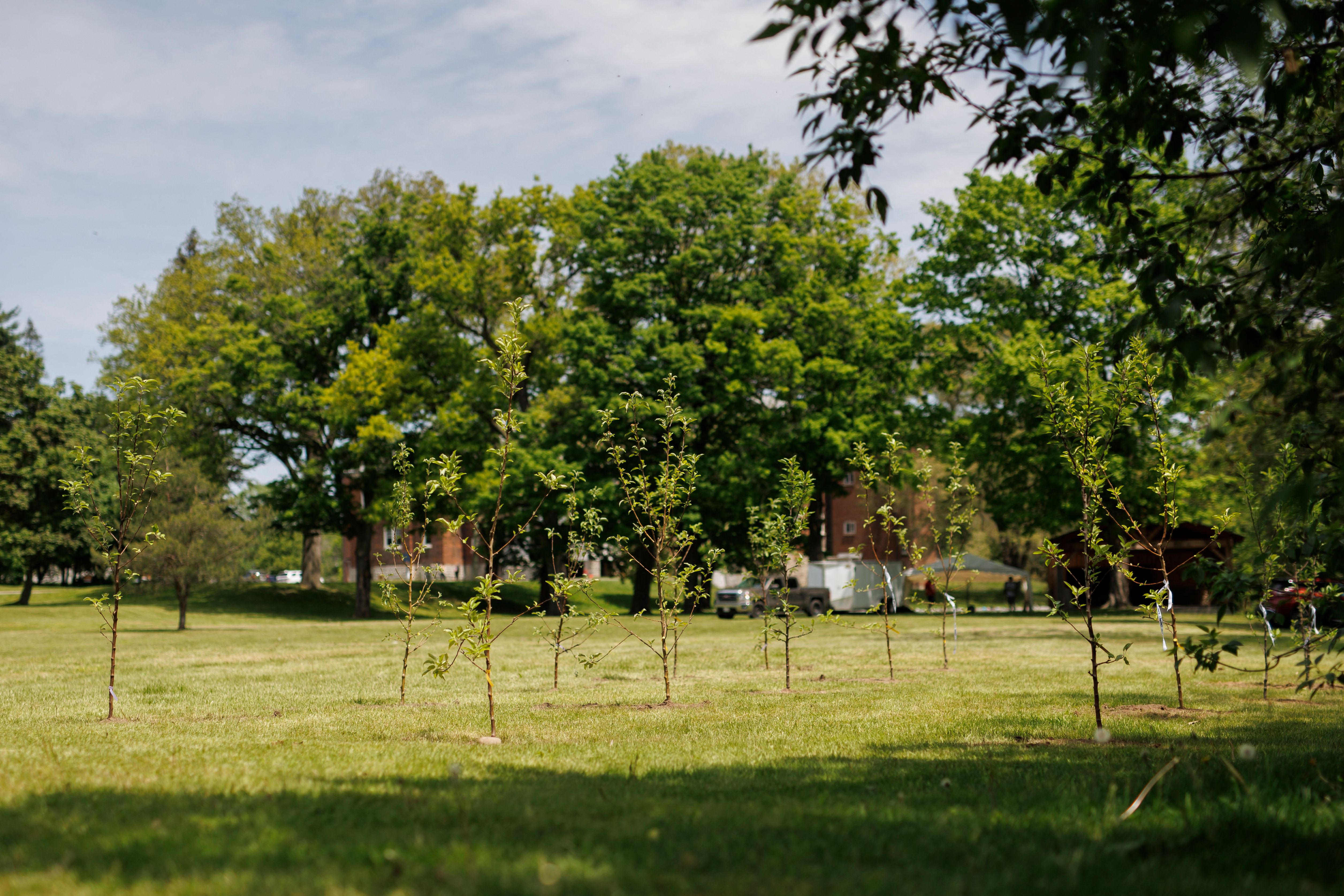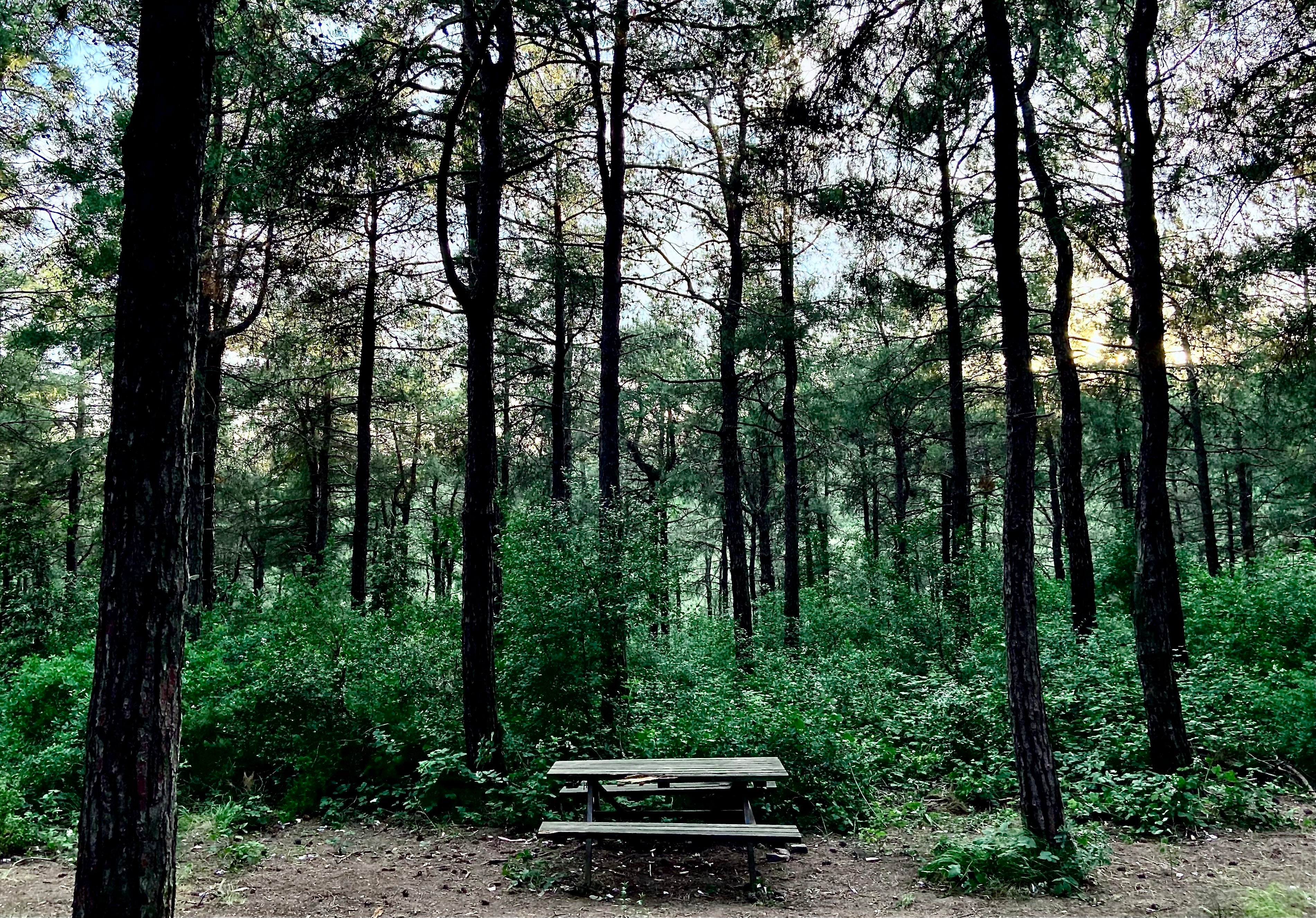Dozens of countries gain tree cover over 20 years
However, the world suffered an overall net loss of more than 100 million hectares

A total of 130.9 million hectares of land – an area larger than Peru – gained tree cover globally between 2000 and 202, according to a new study.
In total, 36 countries experienced a net gain of tree cover over two decades, according to a study by the World Resources Institute (WRI).
However, the world suffered an overall net loss of more than 100 million hectares, and new trees don’t make up for the loss of old-growth, carbon-rich forests.
But the WRI said the new data provided a chance to examine where and why gain is happening, opening up new opportunities to monitor and inform forest restoration efforts around the world.
The research also found three countries – Russia, Canada and the United States – have more than half of the world’s total tree cover gain, but lost more tree cover than they gained overall.
European countries including Ireland, Poland, Denmark and the Netherlands had some of the largest increases. Continentally, Europe has more tree cover now than it did in 2000, a net increase of six million hectares.

Asia also has a large proportion of the countries with net gain, such as Tajikistan and Kyrgystan in Central Asia, and Bangladesh, India and Pakistan in South Asia.
Net gains were sparser in Africa and the Americas. In South America, Uruguay is the only country with a net gain, while in Africa, gains were found in Sudan, South Sudan, Morocco and Algeria.
The WRI states: “Even though tree gain is occurring in many places, it doesn’t negate the impacts of loss – especially in primary forests.
“Old trees store carbon differently than new ones. Animals and plants that make forests their homes need established, connected, old-growth forests in which to thrive.
“We also need to learn more about the drivers and motivators of this gain, which satellites are less adept at tracking. Attributing gain to specific interventions and initiatives in order to differentiate restoration from plantations and land abandonment is a key area for further study.”
Join our commenting forum
Join thought-provoking conversations, follow other Independent readers and see their replies
Comments
Bookmark popover
Removed from bookmarks